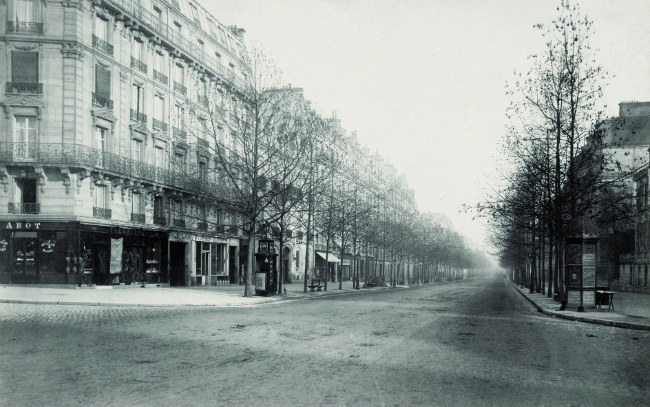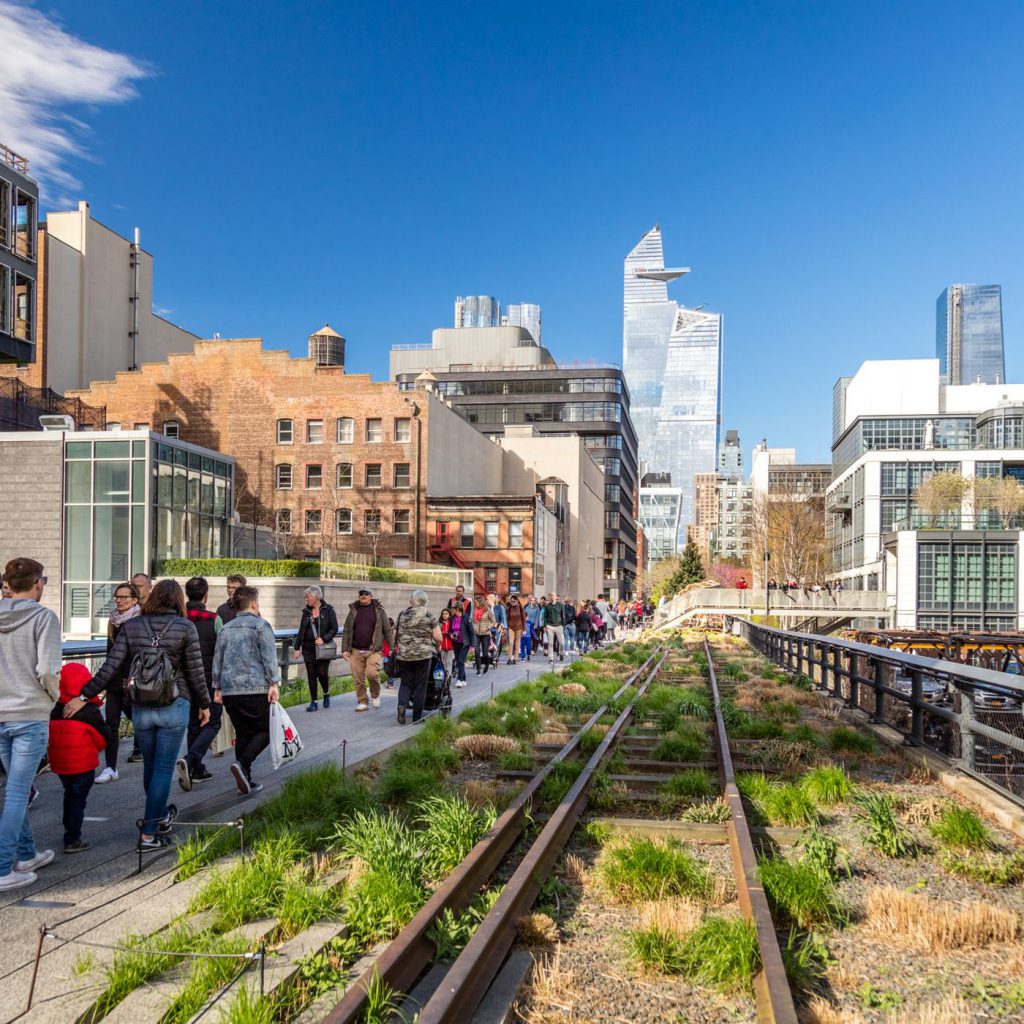Importance of Green Spaces
This morning, while working at my alternate location, I listened to a cardinal’s serenade, watched a plump of Black-Bellied Whistle Ducks fly over, touched the morning dew with my feet, sat under a canopy of a tree, and walked my doggo along a bike trail. My time spent outside was nourishing. In fact, gardens and public green spaces improve psychological and physical health. They serve as a significant contributor to public health.
Gardens and public green spaces have not always been at the forefront of public health, but given our current state, I am humbly reminded of their importance. Despite their known importance, they were not always accessible to the community, especially within urban areas. A major turning point in acknowledging the importance of green space within urban areas came from the Paris revitalization project of the mid-19th century.
Redesigning Urban Spaces: Paris Revitalization
Before Paris’ revitalization, the city was unbelievably unhealthy. A Frenchman described the city as a “workshop of putrefaction, where misery, pestilence, and sickness work in concert, where sunlight and air rarely penetrate.” In 1853, the French Emperor, Napoléon III selected Georges Eugène Haussmann to create a city that could “aérer, unifier, et embellir” (air, unify, and beautify) Paris. As a result, Haussmann’s urban revitalization plan for Paris became the city we know today. The plan created a city interconnected by public green spaces, wide promenades, parks, and gardens.

Although Haussmann’s plan was not perfect, it showed the incredible importance of green spaces. Research now shows that green spaces improve the environmental conditions of urban areas by purifying air, cleaning water, and introducing additional wildlife habitat through benefitting from ecosystem services. Additionally, green spaces provide opportunities to improve physical activity, increase healthy eating, improve city aesthetics, revitalize parts of communities, decrease violence, and improve overall social well-being.
Urban Green Spaces
Urban planners and landscape architects recognize the importance of community members’ access to green areas for public health. Communities around the world have adopted many strategies to improve our public health with green spaces. General characteristics of these spaces include urban environments include parks, gardens, tree-lined roadways/sidewalks, natural areas, and trails.
Most importantly, green spaces must be connected. We greatly benefit from the ecosystem services associated with increased greenery within urban areas. Although, without accessibility, our urban green spaces provide less value to public health. The World Health Organization states, “recent estimates show that physical inactivity, linked to poor walkability and lack of access to recreational areas, accounts for 3.3% of global deaths.”

Luckily we live within communities where we have many green spaces, so let us take advantage of them. Therefore, as a challenge for the upcoming week, go outside and walk. Breathe the fresh air or sit outside under a tree and read a book. During a time of social distancing, it is important to remember the importance of taking care of ourselves. Although parks are closed, take a stroll down the street and enjoy the green spaces around you. Listen to the birds, take a deep breath, and enjoy the sun on your skin-it’s for your health.
For More Information, Check Out Related Blogs:
Beyond the Air We Breathe Series
Beyond Installation: Designing with Maintenance in Mind
Dr. Taylor Clem’s Main Blog Page
Alachua County Master Gardener Volunteer Facebook Page
 0
0
